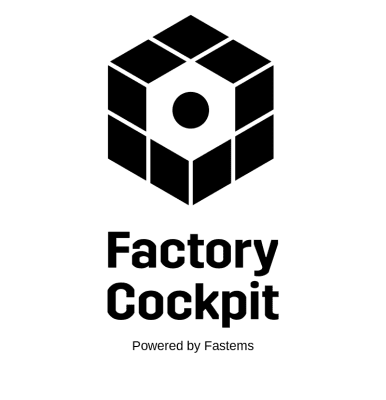


In this increasingly globalized economy, it is important for manufacturing companies need to take a holistic approach to their operations. Rather than seeing themselves as isolated entities, they should recognize that they are part of a larger ecosystem, externally includes suppliers, customers, even competitors, and internally includes own employees and business departments. Embracing this “ecosystem thinking” can lead to better information sharing, which in turn can improve production efficiency, reduce costs, and increase business profitability. In this blog post, we will explore the current landscape of ecosystem thinking in manufacturing based on our industry knowledge and understandings from discussions with our customers, including both large OEMs and midsized subcontracting companies.
First, let’s start with the basics. What exactly is ecosystem thinking? At its core, it’s a way of looking at the world that emphasizes interdependence and collaboration. Rather than trying to maximize their own profits at the expense of others, companies that embrace ecosystem thinking recognize that everyone benefits when all parties work together, or closely collaborate. They see themselves as part of a larger network of stakeholders, and they work to build relationships with those stakeholders that are based on mutual trust and respect.
One key aspect of ecosystem thinking is information sharing. In the manufacturing industry, more specifically part and component manufacturing, there are a lot of moving, well, parts. Suppliers need to know what parts are needed and when, production managers need to know what materials are available and where they are, operators need to know what is next on their task list and goals, and logistics teams need to know when and where parts need to be shipped. When information is siloed within individual departments or companies, it is no doubt difficult to get a complete picture of what is going on. As a result, this can lead to delays, mistakes, and missed opportunities.
By contrast, when companies share information, everyone benefits. Suppliers can better anticipate demand and adjust their production schedules accordingly. Production managers can optimize their use of materials and reduce waste. Operators can get the work done more productively when tasks and goals are clear. Logistics teams can coordinate shipments more effectively, reducing lead times and improving customer satisfaction. Ultimately, these benefits translate into higher profits and a more sustainable business model.
However, despite such advantages, so many companies are still struggling with information sharing. We have discussed with large and mid-sized OEMs as well as subcontractors and found out a few reasons behind the hesitation of sharing information. First, it is common that companies fear sharing information can be risky. Companies worry that their competitors will use the information against them, or that it will be misused in some way. Second, there’s a cultural barrier to overcome. Traditionally, companies have been very protective of their proprietary information, and breaking down those barriers can be difficult. Lastly, it is not uncommon that companies often lack resources and tools for streamlined sharing and collaboration with stakeholders, or information is scattered in different IT systems. This not only makes it difficult to collaborate throughout the supply chain, but also wastes the potential of the existing data that companies possess.
Overcoming these challenges is necessary, nevertheless. A single data solution that integrates and analyzes data from different IT systems, allowing for sharing information between stakeholders in production would be one solution. Leveraging open APIs and collaboration features, this solution would allow the involving stakeholders to know what is expected, and what would be their individual hand print on the overall success of their manufacturing. The platform can also allow different parties to access relevant data in real time, without compromising security. Built-in data analytics tools can also help companies make sense of large amounts of information and identify trends and opportunities from their existing database. In addition, with configurable user and role-based views, companies can decide which information will be shared, with whom, and under what conditions, thus establishing clear guidelines for information sharing. They can also establish protocols for protecting sensitive information and monitoring its use. The solution enables creating a framework for sharing information, from which companies can reduce the perceived risks and build trust among stakeholders. Ultimately, companies can improve the overall performance of the whole supply chain.
For more inspiration, watch this video to see how Wärtsilä, a leading supplier for marine and energy markets, is surfing this wave of ecosystem thinking and collaboration mindset. They are pioneering and bringing their plan to life, starting with streamlining their information on the shop floor to relevant stakeholders.
In summary, ecosystem thinking and information sharing are essential components of a successful manufacturing strategy. Challenges faced by manufacturing companies when it comes to this mindset include:
However, being able to conquer this hardship and embracing a more collaborative approach and breaking down information silos, companies can improve efficiency, reduce costs, and increase profitability. While there are certainly challenges to overcome, companies that invest in these areas are likely to reap the rewards in the form of a more sustainable business model and stronger relationships with their stakeholders. Ecosystem thinking and information sharing are a cultural shift that manufacturing companies should be brave enough to embrace, to improve their manufacturing operations.
And Factory Cockpit is here to help. Are you ready to take the leap?
